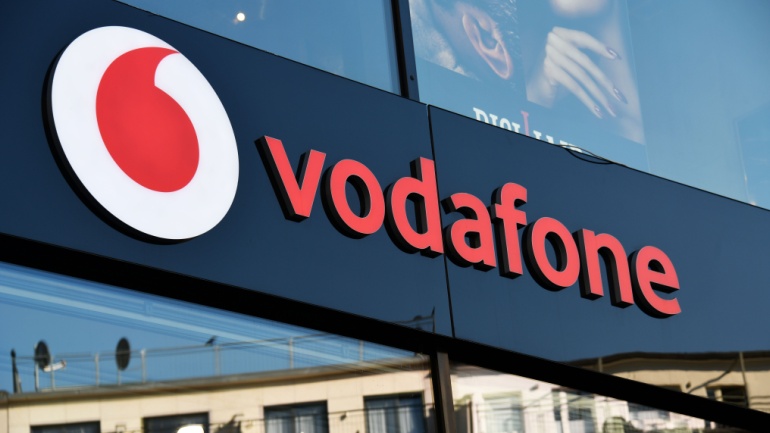Embracing certain compliance measures with the U.S. ‘Clean Network’ program, Nokia seemingly reduced its orders with supplier Foxconn Industrial Internet, marking another move away from China-based telecoms equipment. Though these adjustments primarily impact specific equipment types, both entities express an unusual blend of caution and resilience.
The UK Government’s newly established Critical Imports Council aims to lessen the disturbance of essential goods flow from unpredictable global supply chain disruptions. Business and Trade Minister, Alan Mak, highlights strengthening critical goods supply against real-world crises through collaborative efforts with industry experts. With representation from diverse sectors including telecommunications, the council will focus on assessing risks and creating robust mitigation strategies.
Vodafone Idea, a struggling telecom operator in India, is set to embark on a significant equity fundraising effort to secure more than $2 billion. This move comes as the company faces mounting bills and aims to finance the rollout of its 5G network.
Vodafone Idea is initiating one of India’s largest follow-on public offerings, seeking to amass roughly $2.16 billion. Placing the firm under pressure is its struggle against a decreasing market share and encumbering debt, the result of fierce competition within India’s telecommunications industry. Despite currently being hindered by its financial situation to invest in network enhancements, expectations linger for the telecom’s debut of 5G services by year’s end.
Virgin Media O2 (VMO2) has unveiled a groundbreaking service named ‘smart support’ aimed at automatically monitoring and resolving home network issues for broadband customers. Leveraging Cisco ThousandEyes technology, the innovative system will debut with 300,000 Virgin Media broadband users, with plans for a comprehensive rollout in the future.
Telecom26 and MiWire are pushing the envelope with a pioneering maritime connectivity trial. The eSIM-based service aims to shift the commercial shipping industry’s reliance on costly and inflexible satellite technology, unlocking cost-effective data accessibility. Ships that stick to set routes can benefit from seamless, uninterrupted service leveraging terrestrial cellular networks for up to 50km sea distance, before transitioning to satellite connectivity.
The Federal Communications Commission (FCC) has breathed new life into a stalled initiative aimed at extending 5G network coverage to America’s rural areas. The rejuvenated program, named the 5G Fund for Rural America, seeks to allocate $9 billion over the next decade to bring 5G connectivity to 14 million homes and businesses in regions currently overlooked by operators due to financial impracticalities.
Virgin Media O2, a leading British broadband and mobile operator, in collaboration with its shareholder Liberty Global, has embarked on a pioneering venture with the introduction of its Smart Pole Trial. This innovative project sees the deployment of 4G and 5G-capable smart poles across the UK, aimed at enhancing mobile network coverage and capacity significantly.
In an ambitious move, the Indian government has announced its plans to hold a mobile spectrum auction in May, eyeing a starting bid of nearly US$12 billion. Despite the high hopes tied to this event, experts remain skeptical about its success, given the tepid interest expected from the country’s telecom operators.
Singtel, a leading telecommunications company, has unveiled a groundbreaking suite of digital security solutions aimed at combating online fraud. This initiative leverages network Application Programming Interfaces (APIs) to authenticate digital identities efficiently, marking a significant step towards enhancing the security of online transactions.













